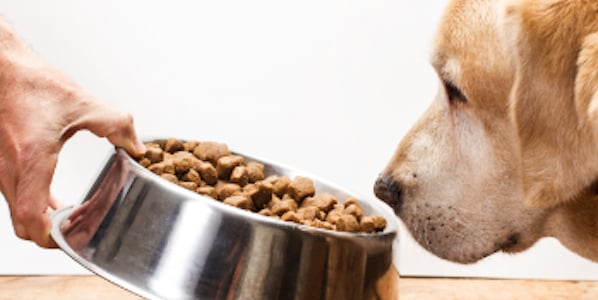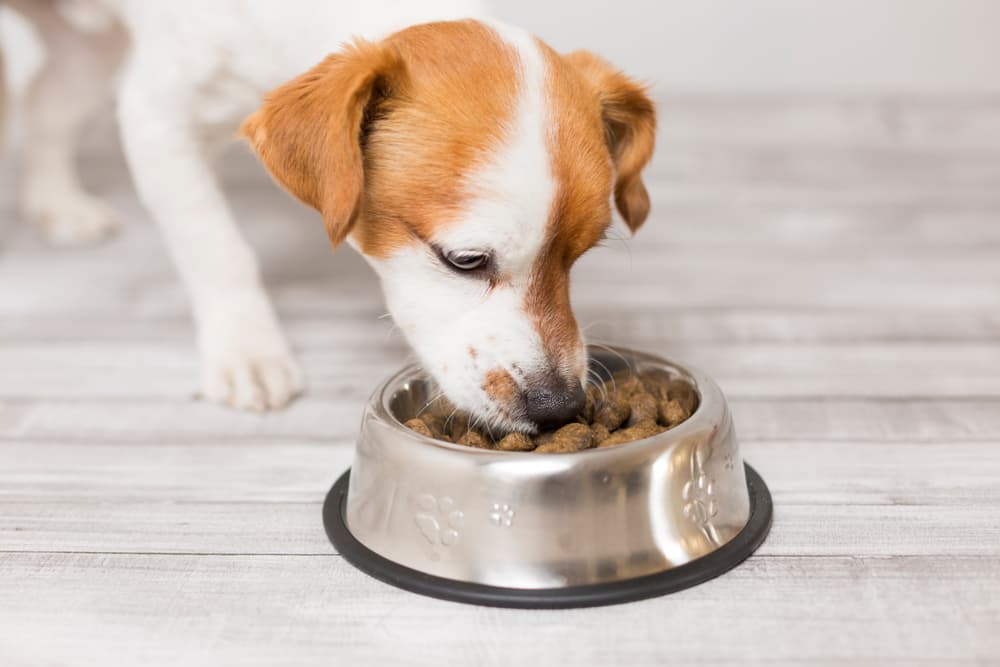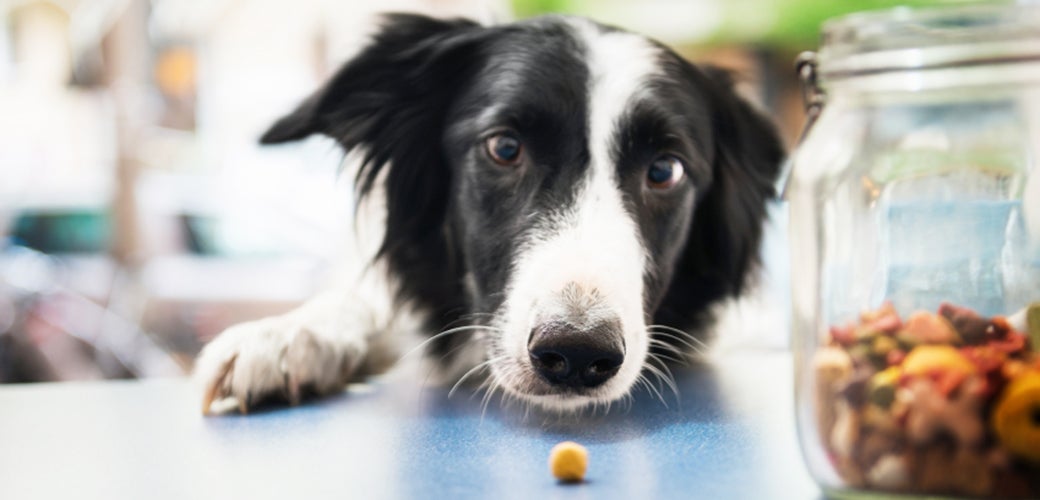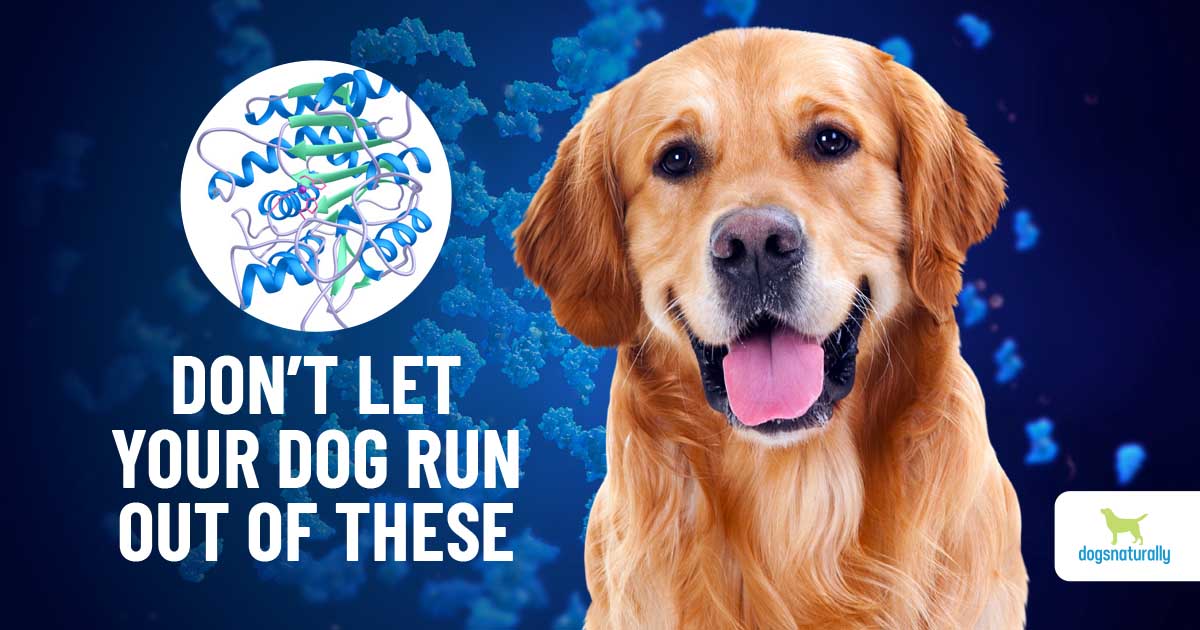As pet owners, we always want our beloved furry companions to be healthy and happy. However, sometimes our dogs may lose their appetite and reject food. This can be a cause for concern, as dogs need proper nutrition to grow and stay healthy. So, what should you feed your dog with no appetite? In this blog post, we’ll provide some helpful tips on how to encourage your pup to eat again and suggest some nutritious foods that will help boost their appetite. Whether it’s due to illness or a sudden change in diet, we’ve got you covered!
1. Introduction: Understanding Why Your Dog May Be Losing Appetite
Losing appetite can be worrisome for any pet parent, but it’s important to understand why your dog may be experiencing it. There are numerous reasons why a dog may lose their appetite, including illness, stress, anxiety, or simply a change in their routine. As discussed in previous sections, prolonged or severe loss of appetite may be a sign of a more serious issue that requires immediate veterinary attention.
It’s crucial to make sure your dog is receiving the proper amount of balanced nutrition every day. A lack of appetite can lead to malnutrition, weakness, and may even exacerbate an existing health condition. This is why it’s important to stay vigilant and proactive in promoting your dog’s diet and health.
If your dog is experiencing a loss of appetite, you can try introducing safe human foods into their diet, or even explore new protein options to encourage them to eat. Additionally, supplements can be a helpful tool in helping your pet regain their appetite.
By understanding why your dog may be losing their appetite and exploring various ways to help them, you can ensure that they are receiving the proper nutrition and care they deserve. Remember to always consult with your veterinarian for any prolonged loss of appetite or underlying health concerns.

2. The Importance of Balanced Nutrition for Dogs
It is crucial for your dog to have a balanced diet with proper nutrition, especially when they are not feeling well. Just like humans, dogs need a variety of nutrients to maintain their health and vitality. A balanced diet should contain an adequate amount of proteins, healthy fats, carbohydrates, and vitamins and minerals. If your dog is losing appetite, it is essential to provide them with high-quality, nutrient-rich foods to ensure that they are getting the necessary nutrition.
A balanced diet can help your dog recover from an illness or injury quickly. It supports their immune system, keeps them energized, and improves their overall well-being. Foods rich in protein, like chicken or beef, can help rebuild tissues and promote muscle growth. Carbohydrates, like rice or sweet potato, provide energy and help regulate digestive health. Adding dark, leafy greens, such as kale and spinach, can provide vitamins and minerals that help maintain healthy bones and organs.
It is essential to avoid feeding your dog processed or excessively fatty foods, as it can cause digestive problems and other health issues. Poor quality diets with limited nutritional value can also lead to obesity, heart disease, and other health problems. Providing your dog with nutrient-dense and minimally processed foods is crucial for their well-being.
In conclusion, a balanced diet is crucial for your dog’s health, especially when they are experiencing a decreased appetite. By providing high-quality, nutrient-rich foods, you can ensure that your dog is getting the necessary nutrition they need to recover and maintain their overall health and vitality.

3. Safe Human Foods to Add to Your Dog’s Diet
When a dog is experiencing a loss of appetite, adding some safe human foods to their diet can help encourage them to eat. Among the many options available, carrots and blueberries are some of the safest and most nutritious foods you can add.
Carrots are rich in vitamins, minerals, and fiber. They are particularly helpful for dogs with digestive problems because they help to keep the digestive system functioning properly. Blueberries, on the other hand, are high in antioxidants that help to support your dog’s immune system.
In addition to these fruits and vegetables, you can also add plain, unseasoned, and boiled chicken to your dog’s diet. It is an excellent source of protein and is easily digestible. You can also add canned pumpkin to their diet to help with digestion and to provide a nutrient-rich source of fiber.
When feeding human foods to your dog, it is essential to do so in moderation. You should also avoid feeding them foods that are high in fat, salt, and sugar, as these can be dangerous and cause more harm than good. Always consult with your veterinarian before adding new foods to your dog’s diet, especially if they have any underlying health conditions.
Overall, adding safe human foods to your dog’s diet can help improve their appetite, increase their nutrient intake, and provide them with a tasty and nutritious meal.
4. Protein Options for Dogs Who Won’t Eat
When a dog loses appetite, it can be difficult to find the right protein source to bring back their interest in eating. Luckily, there are several protein options to consider when trying to coax a picky eater.
One option is to try different types of animal protein, such as lamb, venison, or fish. These novel proteins, which are not commonly found in most dog foods, may spark your dog’s interest in eating. Additionally, if your dog has a food allergy, these alternative proteins may be easier on their digestive system.
Another option is to try simpler proteins, such as chicken or turkey. These lean proteins are easy to digest and may appeal to dogs who have become bored with their current diet.
If your dog is still uninterested in traditional protein sources, plant-based proteins, such as tofu or quinoa, can also be considered. These options may not be as nutritionally complete as animal proteins, but they can still provide essential amino acids and may appeal to picky eaters.
Overall, finding the right protein source for a dog who has lost their appetite can be a trial-and-error process. However, by considering different protein options and experimenting with various textures and flavors, pet owners can help their furry friends regain their interest in food. Remember to always consult with a veterinarian before making any significant changes to a dog’s diet.

5. Creative Ways to Encourage Your Dog to Eat
5. Creative Ways to Encourage Your Dog to Eat
When your dog is experiencing a loss of appetite, it can be concerning. However, there are many creative ways to encourage your dog to eat and get the nutrition it needs. Here are some tips to help:
Firstly, make mealtime a fun time for your pet. Try playing with a toy that dispenses food or rewarding your dog with food. You could also pour warm water over kibble for a moist meal or consider switching to moist dog food.
If your dog is looking for something different, try baby food. Dogs often love baby food with turkey or chicken, as it’s a basic option that’s safe for them.
Another option is adding a topper to your dog’s normal meal. Chicken broth is a delicious addition that your pet will love.
To increase your dog’s appetite, you could try introducing supplements. It’s important to speak to your vet first about what supplements are best for your dog’s specific needs.
Finally, when changing your dog’s diet, do so gradually. Slowly transition from its old food to its new food over a period of weeks to avoid upsetting its stomach.
By exploring creative options and being mindful of your dog’s nutritional needs, you can help ensure that your furry friend is receiving the proper nourishment it needs to thrive.
6. The Role of Fiber in a Dog’s Diet
In addition to aiding in digestion, fiber also plays an important role in a dog’s diet. While dogs don’t require fiber to survive, it can help them feel more satisfied after meals, which can prevent overeating and aid in weight loss. It’s important to remember that not all sources of fiber are created equal, and some types may be more beneficial than others. Owners can add fiber to their dog’s diet through safe options like canned pumpkin, cooked sweet potato, or green beans. However, it’s important to avoid adding too much fiber too quickly, as this can lead to digestive upset. As with any dietary changes, it’s always a good idea to consult with a veterinarian before making any major alterations to a dog’s diet. Balancing fiber with other necessary nutrients and ensuring your pet is eating a well-rounded diet is key to maintaining a healthy and happy pup.

7. Risks of Feeding Grilled Meats to Dogs
Section 7: Risks of Feeding Grilled Meats to Dogs
While grilled meats may seem like a delicious and nutritious option for dogs, there are some risks associated with this type of food. One of the main risks is the potential for carcinogens or cancer-causing substances that can be produced when meats are cooked at high temperatures.
When grilled meats are charred or well-done, they can contain a high level of heterocyclic amines (HCAs) and polycyclic aromatic hydrocarbons (PAHs). These substances are formed when meats are cooked at high temperatures and can pose a risk to both human and animal health.
In addition to the risk of cancer-causing substances, grilled meats can also be high in fat and salt, both of which can be harmful to dogs if consumed in excess. Too much fat can lead to pancreatitis, while too much salt can cause dehydration and other health issues.
To minimize these risks, it’s best to avoid feeding your dog grilled meats as much as possible. Instead, opt for lean protein sources like boiled chicken or fish, and make sure to cook them thoroughly to avoid any potential foodborne illnesses.
By being mindful of what you feed your dog and taking steps to provide a balanced, nutritious diet, you can help ensure their overall health and well-being.
8. Introducing Supplements to Help Increase Appetite
Introducing Supplements to Help Increase Appetite
Sometimes, no matter how hard you try to entice your dog with various foods and cooking methods, they simply won’t eat. This is where supplements come in handy as they can boost your dog’s appetite and provide essential nutrients they may have missed from their regular diet.
One supplement that can work wonders is Raw Paws Boost, a natural appetite stimulant that contains Ghrelin Receptor Agonist. Another option is Bark&Spark Chewable Fiber Probiotics Dog Supplement, with 120 count to support digestive health and overall wellness.
If your dog needs to gain weight, try MIRACLE VET High Calorie Weight Gainer for Dogs & Cats 4-in-1. It’s veterinarian-reviewed, with 2,400 kcal in a 16oz jar.
In addition, Vitamin B can also help increase your dog’s food intake. If your dog seems to be lethargic or depressed, they may benefit from a Vitamin B supplement.
When introducing supplements, always consult with a veterinarian first to ensure that it’s a safe option for your dog. Also, be sure to follow instructions on the product packaging and adjust the dosage according to your dog’s weight and health condition.
Remember, supplements should not replace a balanced diet. Instead, they should be used in conjunction with a healthy diet in order to provide your dog with the essential nutrients they need to thrive. By working together with your veterinarian, you can provide your furry friend with everything they need to stay healthy and happy.

9. Tips for Changing Your Dog’s Diet
9. Tips for Changing Your Dog’s Diet:
Changing your dog’s diet can be a daunting task, especially if they are fussy eaters. Here are some tips to make the transition smoother and less stressful:
1. Gradual transition: Instead of switching your dog’s food abruptly, introduce new food gradually over a period of a week or two. This will help your dog’s digestive system adjust to the new food and reduces the risk of gastrointestinal upset.
2. Monitor their appetite: During the transition, monitor your dog’s appetite and make sure they are eating enough. If they show any signs of vomiting, diarrhea or other digestive issues, switch back to their old food and consult a veterinarian.
3. Warm up their food: Try warming up your dog’s food before serving it. This can make it more appealing and appetizing for dogs who are picky eaters.
4. Mix it up: Add a variety of foods to your dog’s diet to keep it interesting. This can include different types of protein, grains, and vegetables.
5. Consider supplements: Some dogs may require supplements to help with digestion or to increase their appetite. Consult with your veterinarian to determine if this is necessary.
By following these tips, you can change your dog’s diet without causing any distress or complications. Remember, a balanced and nutritious diet is essential for your furry friend’s overall health and well-being.

10. Conclusion: Caring for Your Dog’s Nutritional Needs
10. Conclusion: Caring for Your Dog’s Nutritional Needs
Ensuring that your dog receives balanced nutrition is essential for their overall health and wellbeing. When dealing with a dog that has lost their appetite, it is important to find ways to encourage them to eat. Adding safe human foods such as carrots or finely diced celery to their diet can help increase their appetite. Incorporating protein options such as wet food or chicken can also be beneficial.
For dogs that still refuse to eat, creative solutions such as adding olive oil or apple cider vinegar can make their meals more appetizing. It is important to introduce supplements gradually and seek professional help if necessary.
Fiber is also an essential component of a dog’s diet, aiding in digestion and helping to promote regular bowel movements. However, caution must be taken when feeding grilled meats to dogs as they can be harmful.
Ultimately, changing a dog’s diet should be done gradually with the guidance of a veterinarian. By adapting their diet to their specific needs, pet owners can help ensure their furry friends are happy and healthy.


